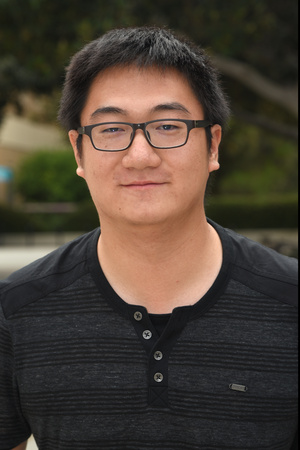Abstract: Heterocyclic scaffolds are present in greater than 85% of biologically active compounds. Metalated heterocycles, such as borylated and silylated heterocycles, are of interest because they enable the synthesis of diversely functionalized heterocycles, through the cross-coupling, conjugate addition, and oxidation reactivity of their metal–carbon bonds. Therefore, development of synthetic methods for the generation of metalated heterocycles has garnered significant attention. Traditionally, metalated heterocycles are constructed by synthesis of the heterocyclic core first, followed by metalation of this core second. Such a two-step strategy results in elongated synthetic routes, and often poor regioselectivity and/or limited functional group compatibility due to heavy reliance on lithiation or C–H activation methods in the second step. Conversely, the developments of the Lewis acid cyclization routes and radical cyclization routes to metalated heterocycles enables the construction of the heterocyclic core and installation of the metal in one synthetic step. These cyclization reactions proceed with predictable regioselectivity and with high functional group tolerance. In this presentation, development of several novel synthetic strategies for synthesis of borylated and silyltated heterocycles will be presented, and their mechanisms will also be discussed.
Speaker:
Institution:
Location:

